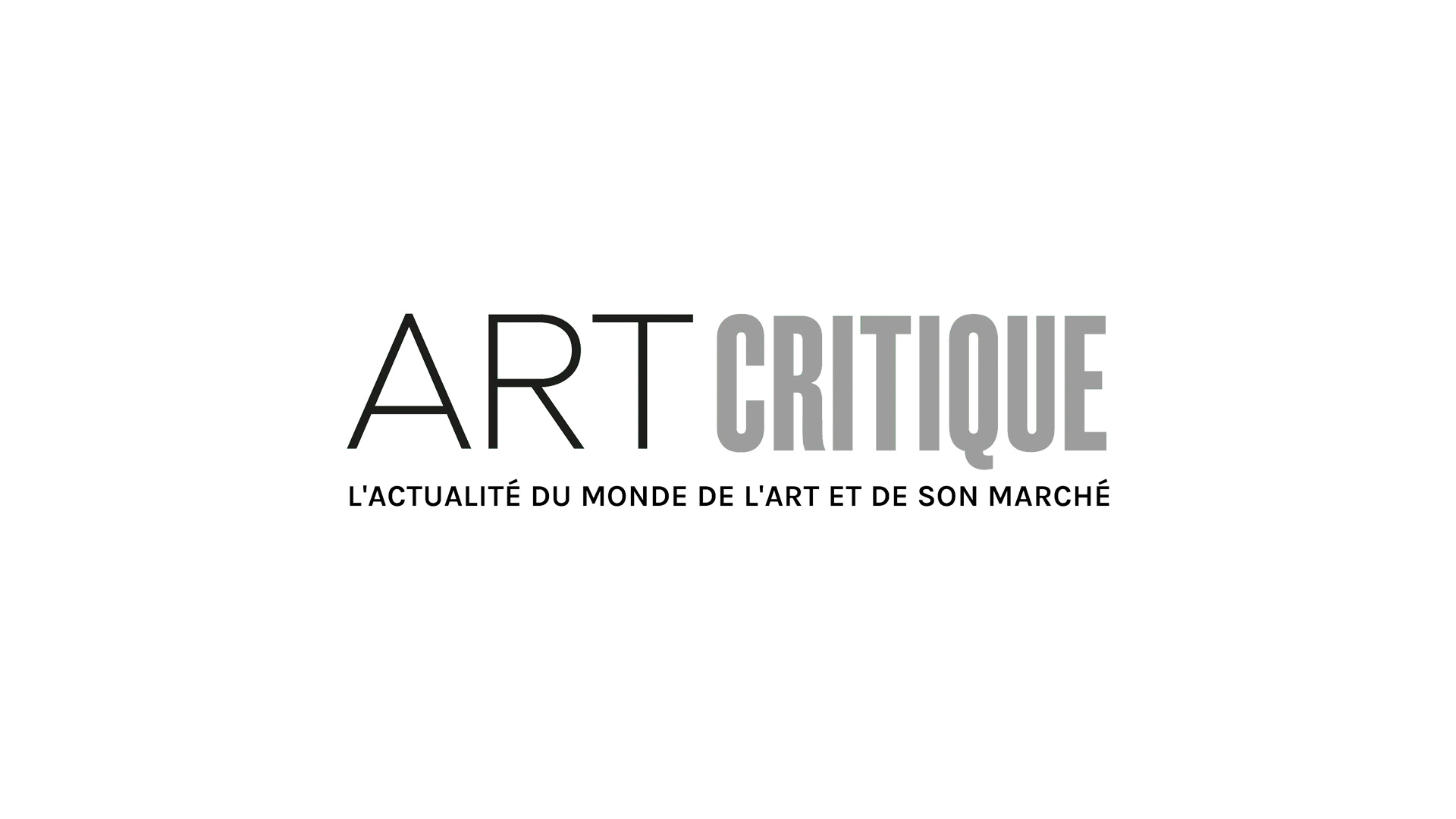The Scream, Edvard Munch’s iconic 1910 painting, really has something to shout about now. Researchers have found that moisture from the breath of visitors is facilitating the degradation of the painting, which has seen yellow portions of its scene fade to an off-white.
Housed at the Munch Museum in Oslo, the painting is one of four versions of The Scream that Munch created in the in the late 1800s and early 1900s. After swathes of yellow paint, which were once vivid and bright, faded more quickly than other colours in the painting, researchers initiated an investigation into why the painting was degrading in such a way. Scientists from Brazil, Belgium, the US, and Italy analysed the painting, initially believing the culprit to be exposure to light. In the end, it turned out that the fading yellow was due to Munch’s use of a poorer quality paint, which as it has aged, reacts poorly with humidity, including the humidity emitted in breath from visitors excited to get an up-close look at the work.
“It turned out that rather than use pure cadmium sulphide as he should have done, apparently he also used a dirty version, a not very clean version that contained chlorides,” Professor Koen Janssens from the University of Antwerp told The Guardian. “I don’t think it was an intentional use – I think he just bought a not very high level of paint. This is 1910 and at that point the chemical industry producing the chemical pigments is there but it doesn’t mean they have the quality control of today.”
Researchers used luminescence imaging and tested fragments of paint from the canvas and a tube of cadmium yellow paint used by Munch to better understand the problematic areas of paint. The tainted cadmium yellow that Munch used has led to sections of the sunset and portions of the central figure to face. In sections where the paint was applied heavily, it has also begun to flake away. While any painting can sustain damage from the chlorides that come from the breath of visitors when exposed over long periods of time, Oslo’s 1910 Munch was particularly susceptible given its materials.
Although the damage that has been done is irreversible, the museum, which is set to move locations later this year, plans to adjust the painting’s display allowing for better humidity control in the hopes of slowing its deterioration. “They can make all kinds of decisions about how they are going to display and protect against whatever environmental conditions,” continued Janssens. “And that is what they said. They will make arrangements to lower the relative humidity. The standard is 50% humidity and they are going to go a bit lower than that.”
While the vivid yellow of The Scream will never return, humidity damage is yet another component of the painting’s history. In 2004, the painting was stolen from the museum along with another painting by Munch. Missing for two years, the painting was recovered (three men who participated in the theft are currently serving time in prison, two were forced to pay £66 million in damages) but it suffered from water damage that is still visible in the top left of the painting.







